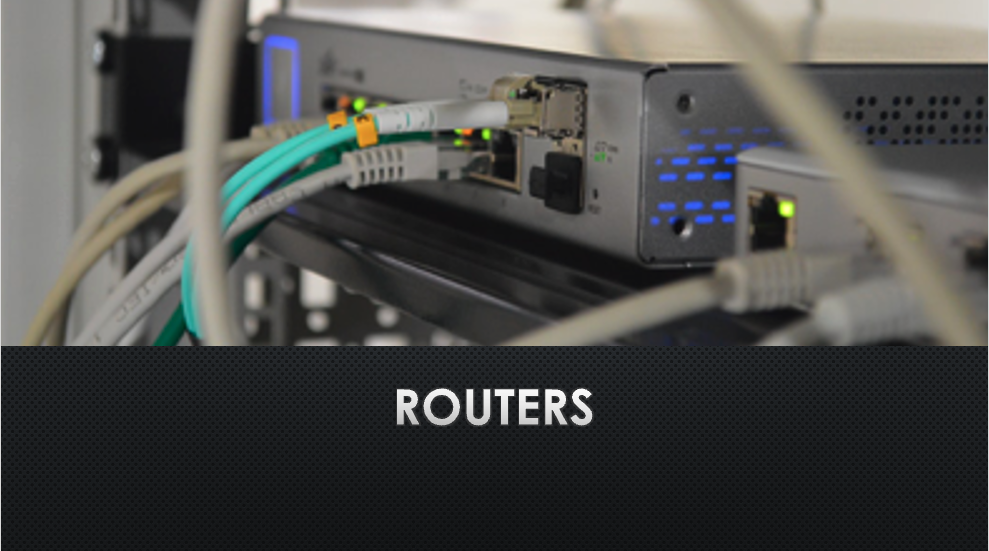How does the internet work? (It’s not as complicated as you think).
The internet has altered our way of life, work, and communication. Everything is just a few clicks away, from sending emails to streaming videos. But have you ever thought about how the internet works? So, in this article, we'll delve into the inner workings of this massive network of networks that connects us all.
What is “The Internet”
To begin, let us define what the internet is. The internet is a global network of interconnected computers that uses the Standard Internet Protocol suite (TCP/IP) to connect devices all over the world. This includes laptops, cellphones, tablets, and any other internet-capable device.
What is the basic principle? The internet works on the basic principle that data is transmitted from one device to another via a network. But how does this information move from one gadget to the next? Let’s dig a little deeper.
How is Data Sent on the Internet?
When you input a website's address into your browser and press enter, your computer sends a request to a server for the website's data. The server then returns the data which your browser presents to you as a webpage. This procedure takes only a few seconds and is repeated for each page you visit or any action you perform on the internet.
How is data transferred over the internet?
The data transferred over the internet is divided into packets. Each packet carries a little quantity of data and is delivered from one device to the next. Once all the packets have arrived at their destination, they are reassembled to form the original data. This method allows data to be sent more efficiently and decreases the likelihood of data loss.
What hardware is used?
Routers and Switches
Routers and switches are the devices that allow the internet to function. They oversee the directing of data from one device to another by routing packets in the most efficient way.
Routers
Routers are devices that connect several networks. They receive data packets from one network and then route them to their destination using the most effective route. Routers make this decision using routing tables, which are essentially maps of the internet.
Switches
Switches, on the other hand, are devices that connect devices that are part of the same network. They receive data packets and route them to the appropriate network device with the same network.
The Internet Service Provider (ISP)
The organisation that supplies you with an internet connection is known as an Internet Service Provider (ISP). Your ISP offers you an IP address when you sign up for internet access, which is a unique number that identifies your device on the internet.
Your internet service provider (ISP) connects your device to the internet. They have servers that are linked to the internet backbone, which is the internet's core network. When you send a data request, the servers of your ISP receive it and then send it out to the internet to discover the destination server. When the target server returns the data, it is received by your ISP's servers and sent back to your device.
The internet backbone is the primary network of the internet, consisting of high-speed fibre-optic cables that span the globe. Companies like AT&T, Verizon, and Level 3 Communications own these cables.
Real-Life Examples of How the Internet Works
1. Online Shopping
When you shop online, you connect to a retailer's server over the internet. You enter the website's address into your browser, which sends a request to the retailer's server for the website's data. The server then returns the data, which your browser shows as the webpage of the online retailer. When you add a product to your cart, your browser sends another request to the retailer's server to save the item in your virtual cart.
When you're ready, input your payment information, which is subsequently submitted to the retailer's server for processing. The information will then be sent to your bank to ensure that the payment may be executed. If the payment is accepted, the retailer's server will send a confirmation to your browser and complete the transaction.
2. Video Streaming
When you watch a video on Netflix, YouTube, or Hulu, the internet is utilised to send video data from the platform's server to your device. The video data is first sent to the servers of your internet service provider by the platform's server. The data is then transferred to your device and shown on your screen.
The video data is divided into smaller packets before being transferred over the internet. Your device reassembles the packets to form the original video, which you can watch in real-time.
3. Video Conferencing
People can connect in real time over the internet using video conferencing software such as Zoom, Skype, and Google Meet. The programme sends a connection request to the server when you initiate a video call. The server then establishes a link between you and the person you're calling, allowing data to be exchanged in real-time.
Your video and audio data are communicated in real-time, and the internet ensures that the data is transmitted efficiently and rapidly, resulting in a smooth video conference experience.
Conclusion
Since its origin, the internet has come a long way, and it is now an essential component of our daily lives. It's a massive network of networks that connects individuals all over the world, and it's made possible by routers, switches, internet service providers, and the internet backbone.
The internet has transformed the way we live, work, and communicate, and it continues to evolve and expand, allowing us to stay connected in new and novel ways. The internet has made our lives easier and more convenient, whether it's shopping online, streaming videos, or video conferencing, and it's a fantastic achievement for which we should all be grateful.


